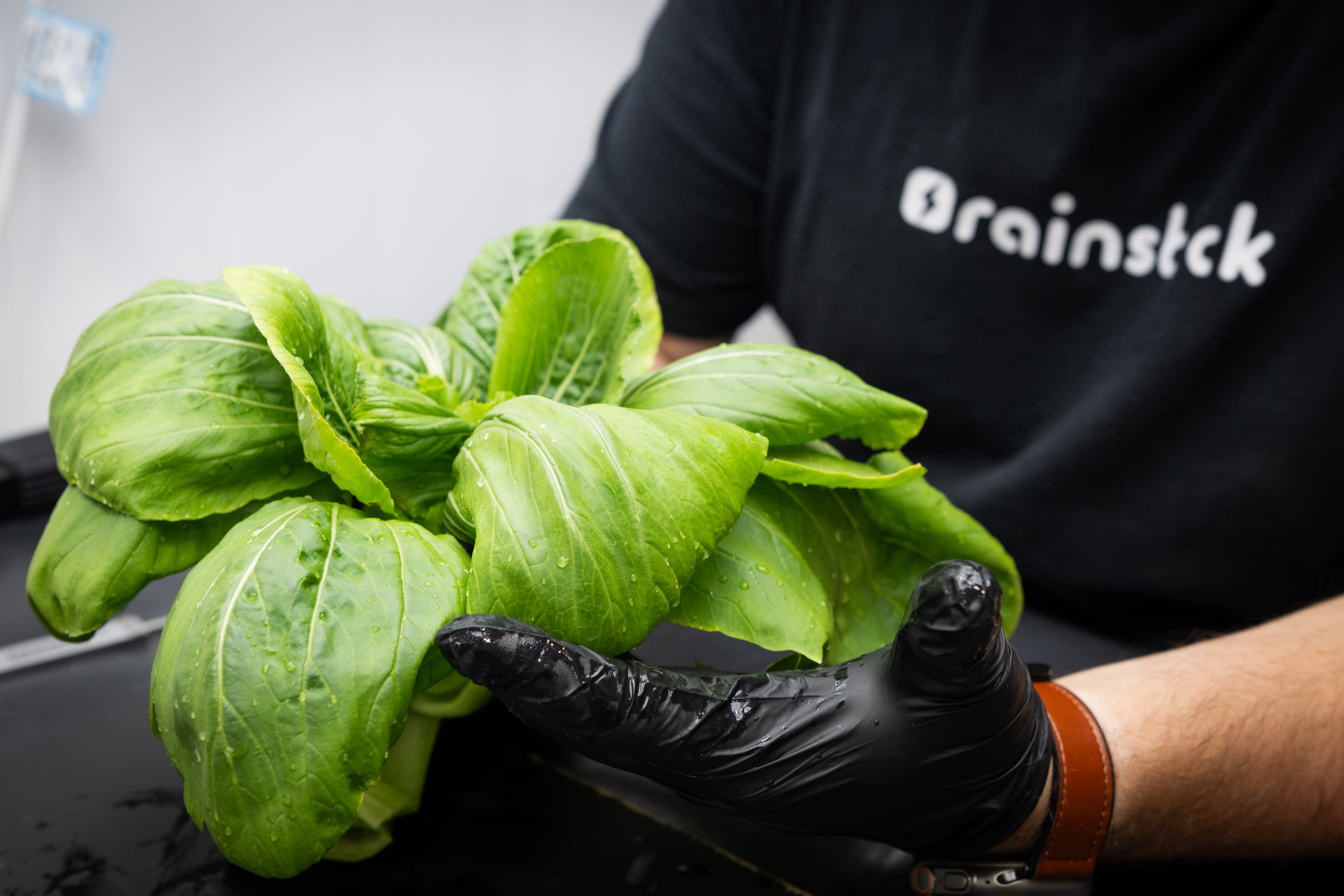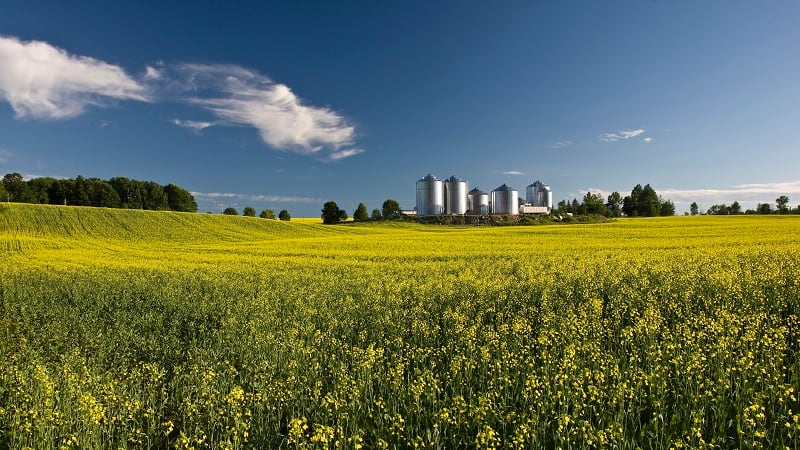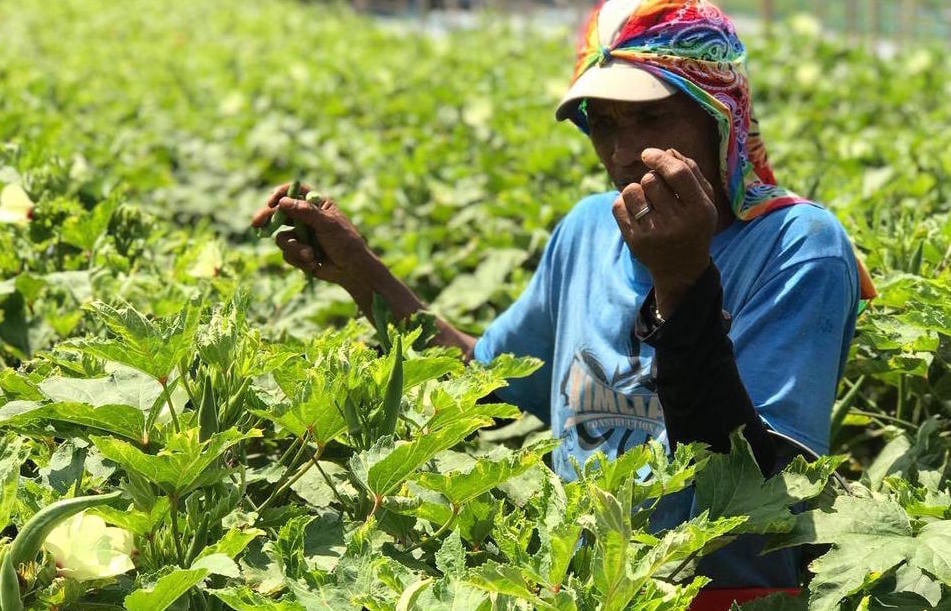The Australian company was founded two years ago by Darryl Lyons and Mic Black. The company combines traditional knowledge with modern science to enhance agricultural productivity and sustainability.
At the core of the company is the VEF technology, which mimics the frequency of lightning to treat the seeds, resulting in crops that grow larger and faster.
“Our hypothesis is that biology is triggered by specific frequencies. We believe biology is electric — every living cell, including in humans, microbes, and plants, is influenced electrically at the cellular level, and that influence varies with different frequencies,” said Lyons, co-founder, chief rainmaker, Rainstick.
Over the next 12 months, the company is focusing on external validation trials, including one in India starting this November.
“The challenge is always convincing people there’s something here,” Lyons told AgTechNavigator.
“I think there are people who think this is all a bit crazy that you’re trying to mimic the effect of thunderstorms… The challenge now is the mechanism of action of how it works. This is all an emerging new field of bioelectricity that has only been developing globally in the last two years.”
The company has measured over 100,000 seedlings and recently conducted trails with different companies and organisations on canola, bakchoy, and tomatoes.
Its trials have found that treating canola seeds with VEF has improved emergence of canola by 15%.
“That’s having more plants per square when established, which makes a massive difference. Some of the growers in Australia are putting a million dollars with seed in the ground, and half that comes out of the ground. We can improve that by 15%, which makes a massive difference in their ROI,” said Lyons.
It has also helped to boost the weight and height of bakchoy by 15%.
The trials on tomatoes are still in its early stages, but it has some data that treating the seeds result in more roots and bigger stems.
The next phase of growth
With more trials, the company will also be able to collate more data and create “recipes of multiple frequencies” to trigger targeted responses in the plants.
“We’re building a platform to create recipes. In tomatoes, for example, we have different recipes for different varieties. Some of those seeds may have specific issues or traits they need to express, and we may be able to develop a recipe for that,” said Lyons.
Additionally, the company is working to expand its capacity to treat more seeds. The target is to be able to treat 500 kilograms of seed a week by next June.
In three years, it hopes to be able to treat a tonne of seed a day.
Over the next 12 months, it is also working out what will be the best go-to-market (GTM) strategy.
“For the seed companies, they could have the machine in their seed treatment facility. And we know when they’re using it, because our recipes go through the software over through our platform. We could have a facility at a seedling nursery or a distributor. We may be treating the seed for the grower, we treat those ourselves,” said Lyons.
“Either way, in any of those markets, we’ll be achieving a revenue of treatment per kilo of seed.”
The company is also exploring the potential of developing recipes as well.
“This extends the business model. We don’t have to be a seed treatment company. We’re building a platform to create recipes. In tomatoes, for example, we have different recipes for different varieties. Some of those seeds may have specific issues or traits they need to express, and we may be able to develop a recipe for that,” said Lyons.
The company was recently selected as part of ClimAccelerator’s 2025 cohort.
“One of the key things we want to demonstrate — which we haven’t yet measured — is how our technology delivers real benefits for climate outcomes. This programme gives us the skills and links us to networks to prove our benefits. How can we demonstrate we’re going to be more profitable or better for the climate the planet, and improve the whole ag ecosystem, and we can partner with anyone there. Being in agtech for eight years, that’s what we need in the industry to get mass adoption.”
The programme could potentially give Rainstick access explore opportunities in South East Asia as well.





